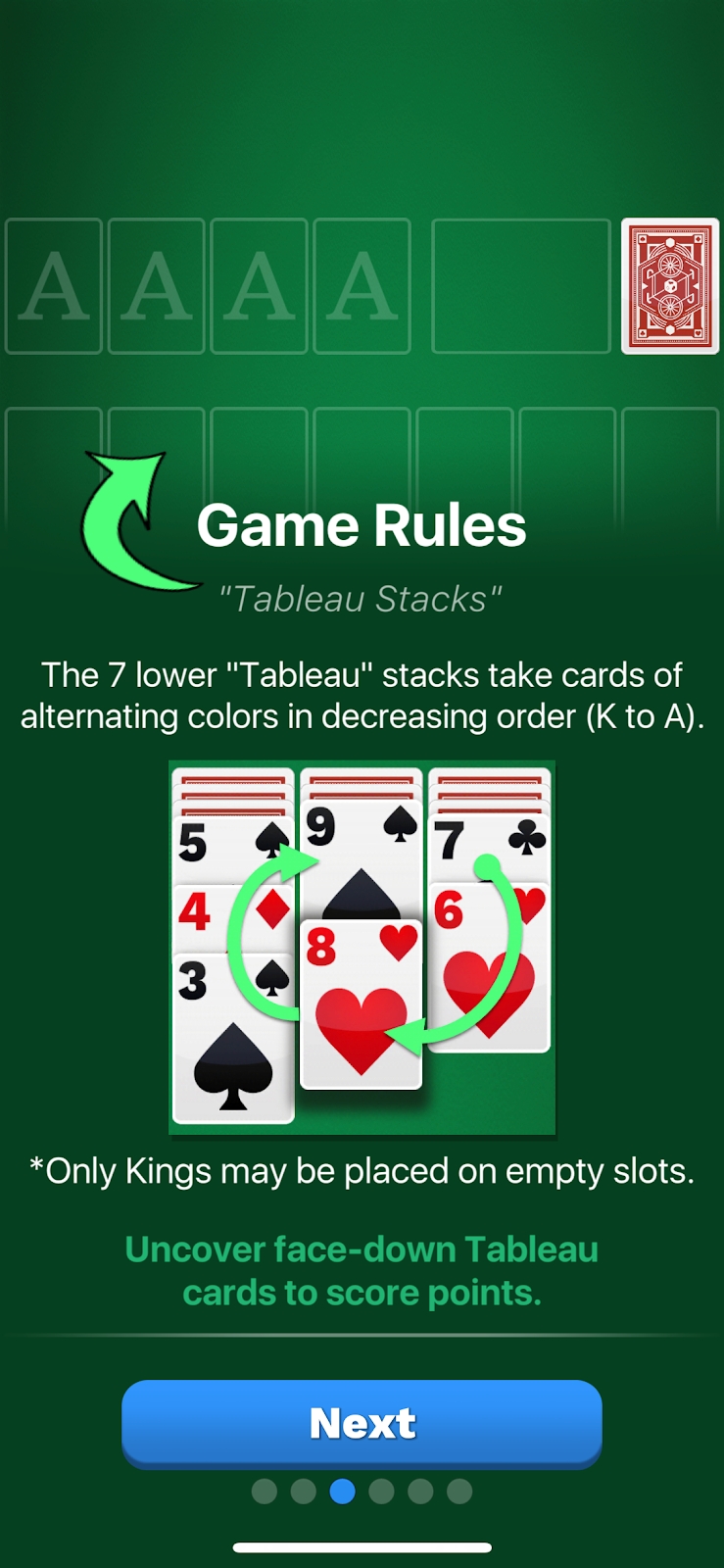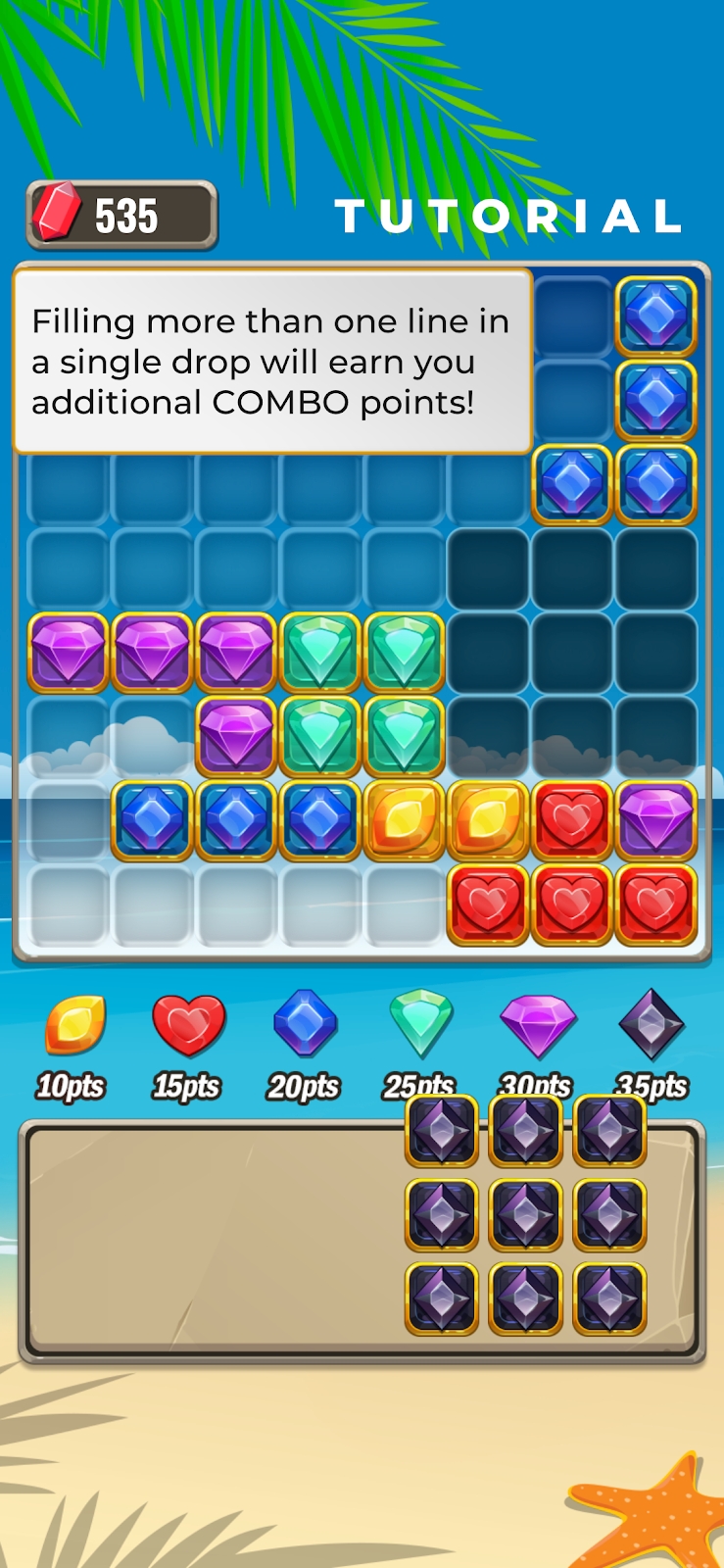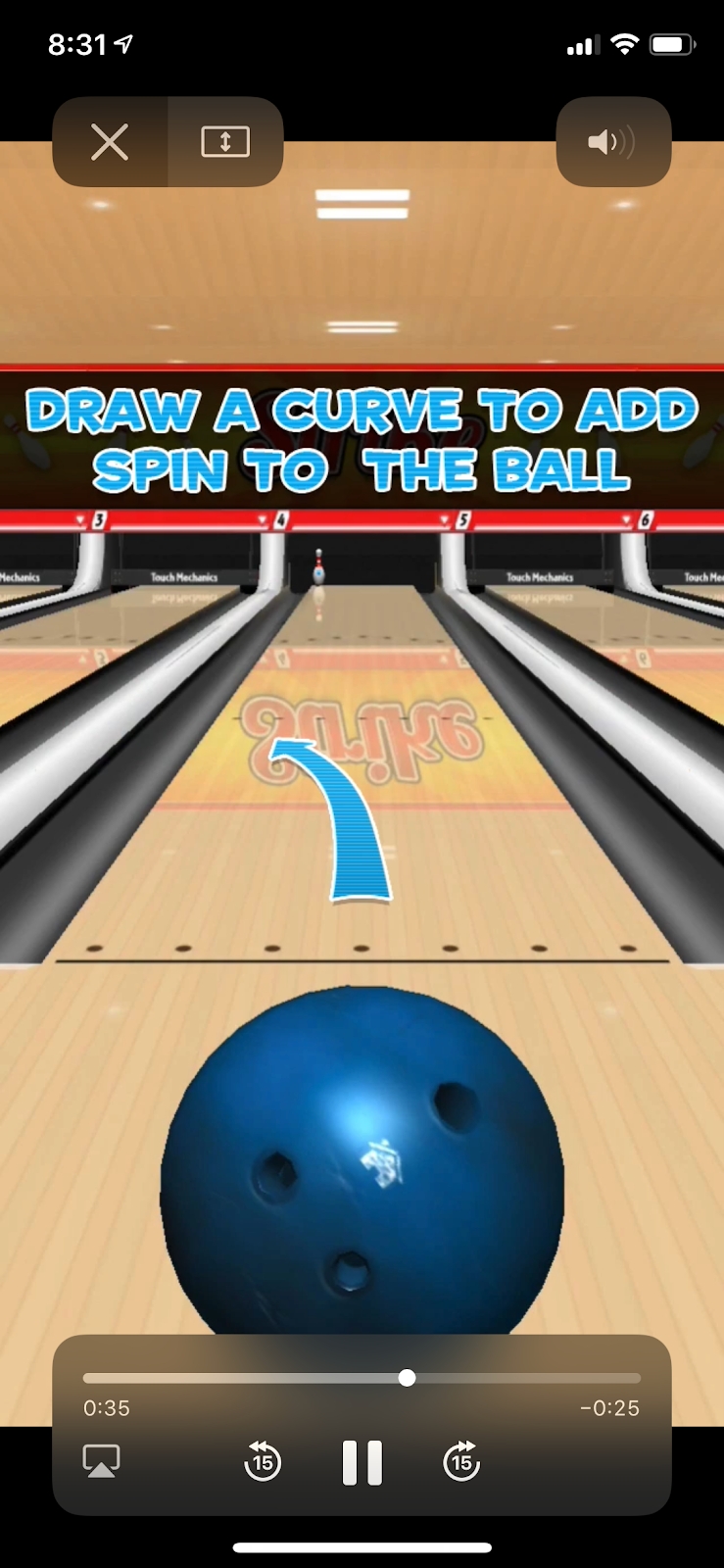Tutorial Best Practices
Many games live or die based on the effectiveness of the first-time user experience (FTUE) and the game’s ability to retain players after their first session. The most powerful tool for optimizing this aspect of a game’s performance is the initial game tutorial.
When players feel comfortable winning, they are much more likely to move to cash tournaments. This can be accelerated by a great tutorial.
Returning players can forget rules and scoring details, and they may require a refresher to feel confident about their abilities before competing again. Tutorials help to even the playing field by ensuring that everyone understands what is required for success.
Tutorial Optimization - Form and Function
Ensuring that players know how to play is crucial to the first-time user experience. There are four common approaches for integrating tutorials into MiniTon games. These are outlined below along with some additional topics covering various formats, where players access tutorials, the essence of a great tutorial, and recommendations on maximizing their efficiency.
Successful Tutorial Configurations
Strongly recommended for best overall performance - this format can present a lot of valuable information with minimal friction.
A clear theme or concept for each slide makes it easy for players to find the specific information they are looking for, even in the middle of a match.
Recommended when a game has multiple mechanics or a structured round order.
Best when limited to fewer than six pages.
Animated visuals are strongly recommended as they help to clarify key concepts, improve comprehension, and give the game a more polished feel.
Good for games with simple mechanics that can be explained on a single slide.
Focus on images and diagrams over text where possible.
Strongly recommended for games with multiple game modes.
For example, if a game has a specific or unique objective or obstacle for a level, it is valuable to show a “match start” infographic screen that focuses specifically on that mechanic as a primer for what lies ahead.
This more specific “match start” infographic is different from the broader, one-time infographic that appears as part of the FTUE.
A typical FTUE infographic appears once, on the first game played. A “match start” infographic may appear at the start of every match that requires a specific explanation of a temporary mechanic.
This format presents the least amount of friction in the game’s new user funnel.
Recommended for games with a substantial learning curve, where concepts should be confirmed to be understood, like a checklist.
Best when limited to less than five interactions.
Interactive tutorials are very effective but are also high friction and should always include a skip option.
Strongly recommended for showcasing kinetic gameplay and difficult to execute scenarios.
Use when slideshow, infographic, and interactive approaches aren’t sufficiently nuanced or detailed.
Best when video does not require buffer time and length is limited to less than 40 seconds.
Multiple Tutorial Touch Points
There are a few different places where tutorials can be integrated effectively. We recommend that gameplay is always explained to the player in the FTUE, immediately before their first match.
Additionally, not every player will retain all the tutorial information the first time. As a result, there are benefits to utilizing different touchpoints. We suggest granting access to the tutorial from some of the touchpoints defined below:
Immediately Before First Game Begins
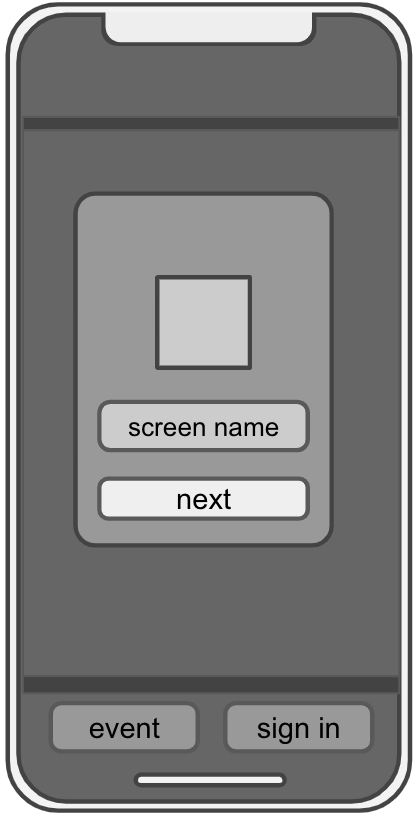
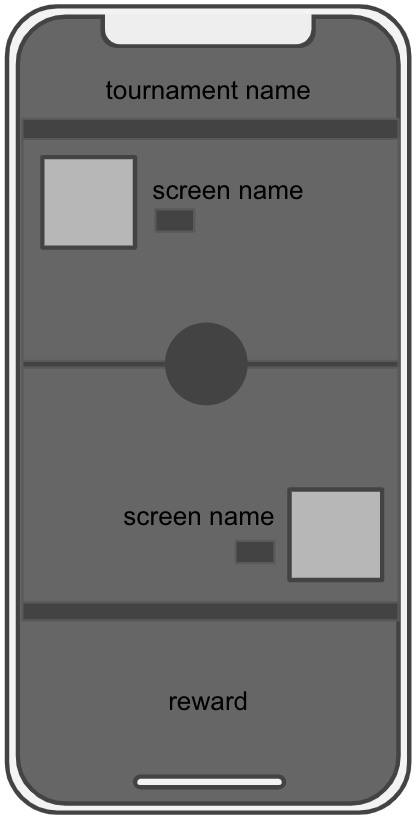

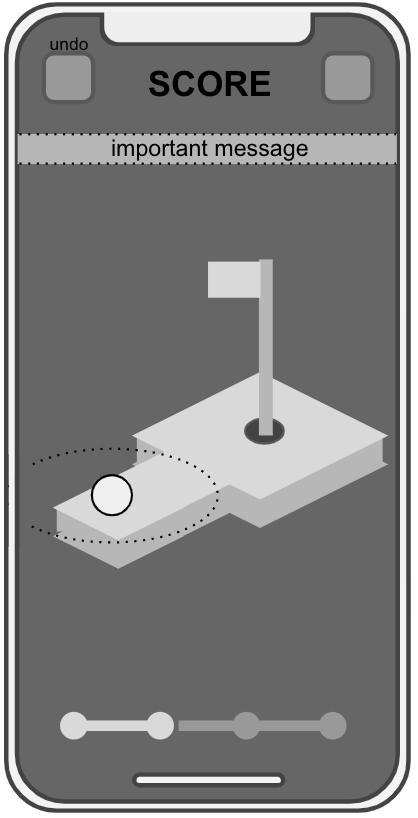
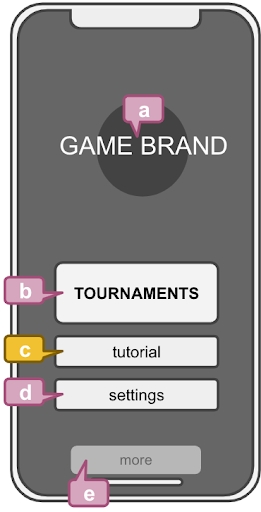
Title Screen
Game Branding
Tournaments Button - Takes player to the MiniTon UI
Tutorial Button - Access stand-alone tutorial
Settings Button - Access sound and haptic controls
More Button - Cross-promo to other MiniTon games
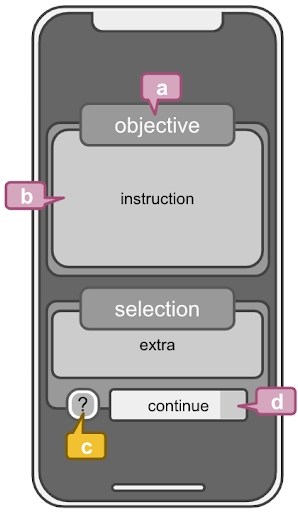
Pre-Game Screen
Information Banner
Instruction Panel - Describes key objectives and goals
Tutorial Button - Displays stand-alone tutorial
Settings Button - Access sound and haptic controls
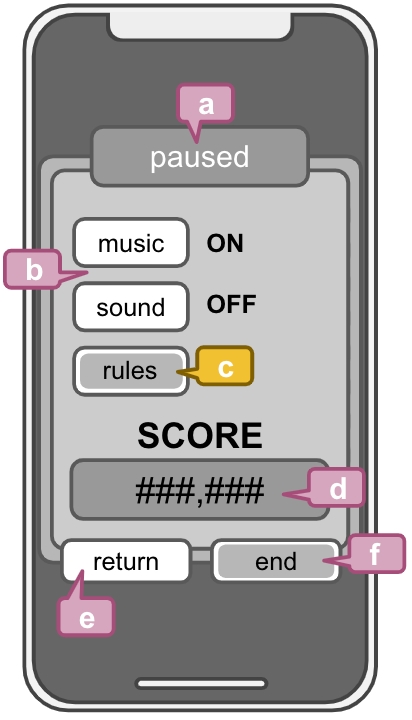
Pause Menu
Title Card - Describes screen
Audio Controls - Used to adjust audio
Tutorial Button - Displays rules and scoring
Score - Communicates score at time of pause. Ending the match will submit that score.
Return Button - Returns to gameplay
End Early Button - Submits current score and ends match
Sync Tutorial Best Practices
If a game features a sync (real-time) mode, the tutorial - regardless of the configuration - should include a section at the end explaining that it is possible to play a real-time match with a human opponent. This information should appear in both the async tutorial and the sync tutorial. In fact, unless there is an explicit need to call out sync-only functionality, we recommend the tutorial be the same for both modes. If it is determined that the sync mode absolutely must include different information than the async mode, match info can be used to dynamically determine which tutorial to show.
Data shows that players that experience sync play early on are much more likely to engage with pro tournaments. Any opportunity to remind players that sync play is supported will positively impact a game’s metrics.
For sync games, we also recommend notifying the player that they can play real-time games against a human opponent as soon as they complete their second asynchronous practice match. Currently, the best time to relay this information is immediately upon completion of that second practice match and before the results screen (where the player presses Submit Score), as once the results screen appears, the player must be transitioned directly back to the SDK.
Tutorial Breakdown
Tutorials teach players fundamental concepts of a game to help them start playing well. This accelerated success is crucial to good monetization, which is why it is important to proactively display a tutorial to the user in their first session. Additionally, the tutorial should be easily accessible in later sessions from a number of different touchpoints to ensure players always have the information they need to succeed.
Key Concepts to Include in Your Tutorial (Priority Order)
Game goal / core loop - What is the objective and how do you play?
Game controls - How are the controls configured?
Special mechanics / power-ups - What else does the player need to know?
Scoring - How are points earned?
Tips and Tricks - What essential strategies does the player need to understand?
Don’t go too deep here - figuring out the best strategies is part of a player’s enjoyment of a competitive game!
Sync - Basic description of sync play functionality including any rules specific to sync play. Async and sync players alike should have access to this information as we’d like to nudge players toward sync play for improved engagement and monetization.
Successful Approaches for Tutorial integration
Trigger FTUE tutorial after login and initial matchmaking, immediately before the player’s first match.
Use concise instruction covering only required concepts.
Ensure clear visual focus for the concepts communicated, and animate if possible.
Use simple language, clear images and diagrams, and focus on fast comprehension.
Things to Avoid
Illegible text, poor grammar, and misspellings dilute the tutorial’s message.
Over-communicating causes distraction and hinders focus.
Overly long tutorials cause players to become impatient and can really harm your game’s new user funnel metrics. Keep it short and minimize friction to get the player into their first match as soon as possible!
When crafting an interactive tutorial, be extra careful not to introduce bugs, confusing steps, or actions that are difficult for players to execute.
Last updated
Was this helpful?
